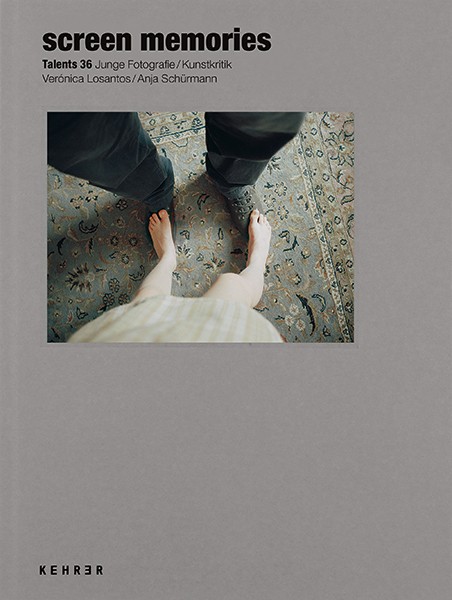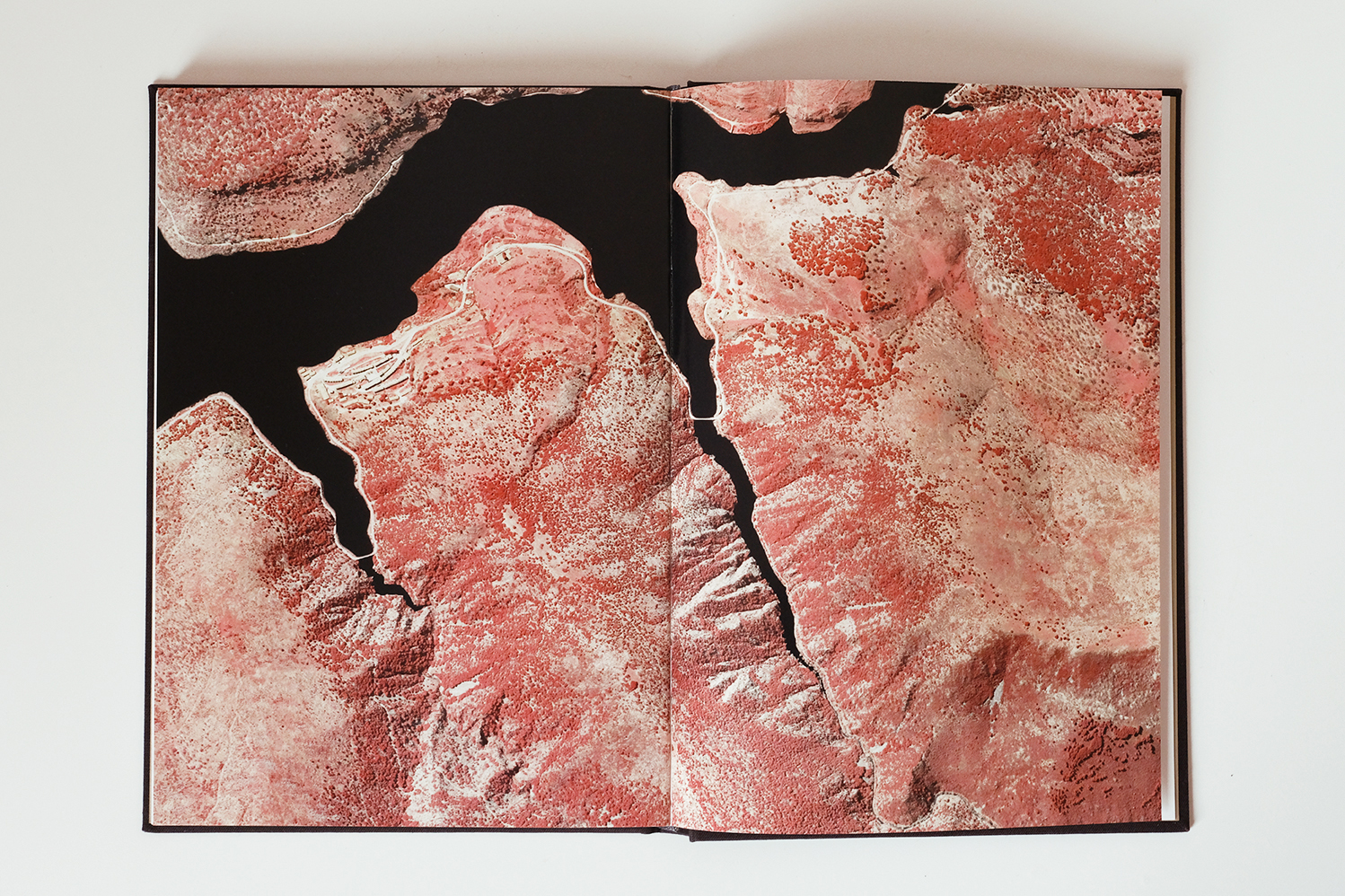publications

Photographs & Layout: Verónica Losantos
Editor: C/O Berlin
Publisher: Kehrer Verlag
Design: Naroska Design
Hardcover, 17 x 23 cm, 92 pages
Swiss binding
Texts in English & German
ISBN 978-3-86828-675-52016
C/O Berlin Talents 36 - Verónica Losantos
screen memories
Photography, a medium still informed by a belief in "that is the way it was," seems to be the ideal means of capturing a memory. It serves as an external basis for recollection, makes the event portrayed meaningful, and also documents the fact that something is worthy of being remembered at all. Yet how reliable is photography in conveying memory? How can this topic be presented photographically, and how can the process of remembering be examined artistically? In her series screen memories, Verónica Losantos processes her own incomplete memories of her absent father. According to Sigmund Freud, these so-called screen memories are an attempt to overcome our unconscious resistance when reproducing the content of memory. Losantos makes artistic use of this method by re-enacting missing memories photographically. Blending reality with fiction, and leaving the interpretation up to the viewer, Verónica Losantos calls the traditional criteria of the truth of photography into question.
Price 25€ + shipping
︎ BUY HERE
ARCHAIA (dummy)
Archaia (from the Greek “ta archaia” = old things / ancient / the archives) explores the phenomenon of disappearing, as well as the question of the role of the photographic medium as historical evidence and as a witness of the past. The story of a flooded village in the north of Spain during the sixties and its relocation to a new town (which is also disappearing due to rural depopulation), serves as starting point for this photographic essay that tries to fathom the link between photography and archeology, and between memory and the photographic process.
Archeology and photography were two disciplines that began to develop in parallel in the mid-19th century and have gone hand in hand ever since. The photographs in Archeology become proofs or evidence, that help to reconstruct what can no longer be seen. Analog photography also starts from an existing, but a priori invisible image: the latent image. The town of Mansilla de la Sierra works for me as a “latent” town, located under the water, invisible, until the water disappears and is suddenly again visible, although only temporarily.
Mariane Hirsch, in her concept “Post-Memory” makes a distinction between people who have suffered traumatic events (first generation) and are directly related to the people (or things) represented; and those that have no direct relationship with the facts (second generation), but who have knowledge of it only through narratives. Thus, according to Hirsch, a falsification of the narrative arises, because the connection with an object or a source is not mediated by memory, but by an imaginative inversion and creation. Since my family comes from the town in question, I find myself with the need to distance myself from the facts and introduce elements of fiction, through which I include that "imaginative creation" of which she speaks.
The result is a kind of fictitious archaeological archive in which I compile all kinds of material, in an attempt to preserve the existence of this town.




Photographs & Design: Verónica Losantos
Hardcover, 18x24cm, 150 pages
Thread stitched binding
Texts in Spanish & English
This book is a dummy and has not been published yet. If you would like to support me & make its publication possible send me an email!
Hardcover, 18x24cm, 150 pages
Thread stitched binding
Texts in Spanish & English
This book is a dummy and has not been published yet. If you would like to support me & make its publication possible send me an email!

Photographs & Design: Verónica Losantos
Leporello, 18x24cm, 150 pages
Thread stitched binding
Texts in Spanish & English
If you are interested in buying copy send me an email!
Leporello, 18x24cm, 150 pages
Thread stitched binding
Texts in Spanish & English
If you are interested in buying copy send me an email!
tüzfal - self-published
Every building, absolutely every each of them has a useless side, which doesn’t face the front nor the back. The sidewall (tűzfal in Hungaran). Massive surfaces that divide us and remind us about the traces of time.
This walls are normally not supposed to be seen, they only become visible if the building in between is missing or if it’s not so high as the previous one. They are empty surfaces, which are fulfilling a goal that is not theirs. In this way, sidewalls work as reflections of instability, the lack of resources or just a reminder of what was there and is not there anymore. Spaces that are both offering future possibilities, but at the same time giving the past a stage.